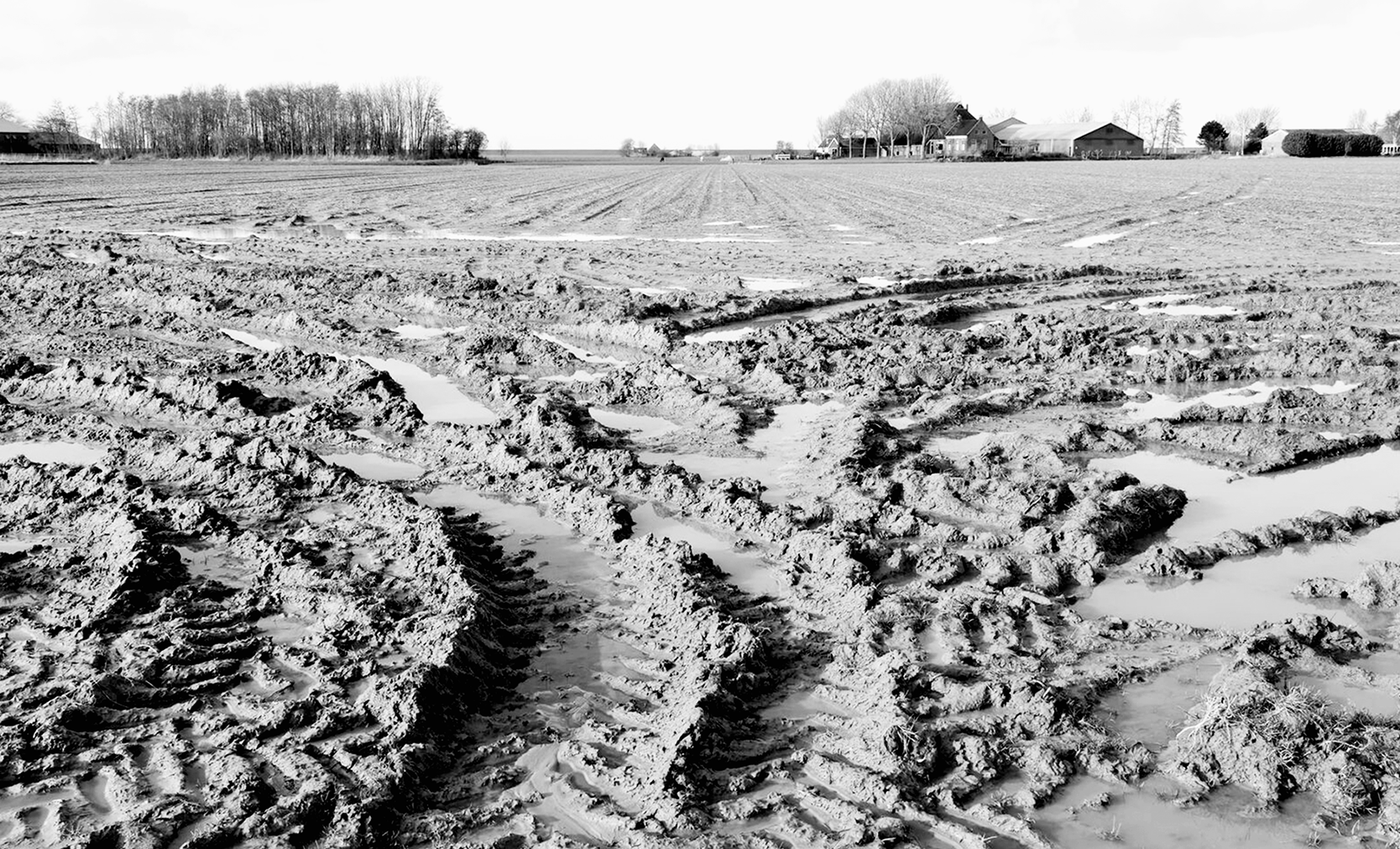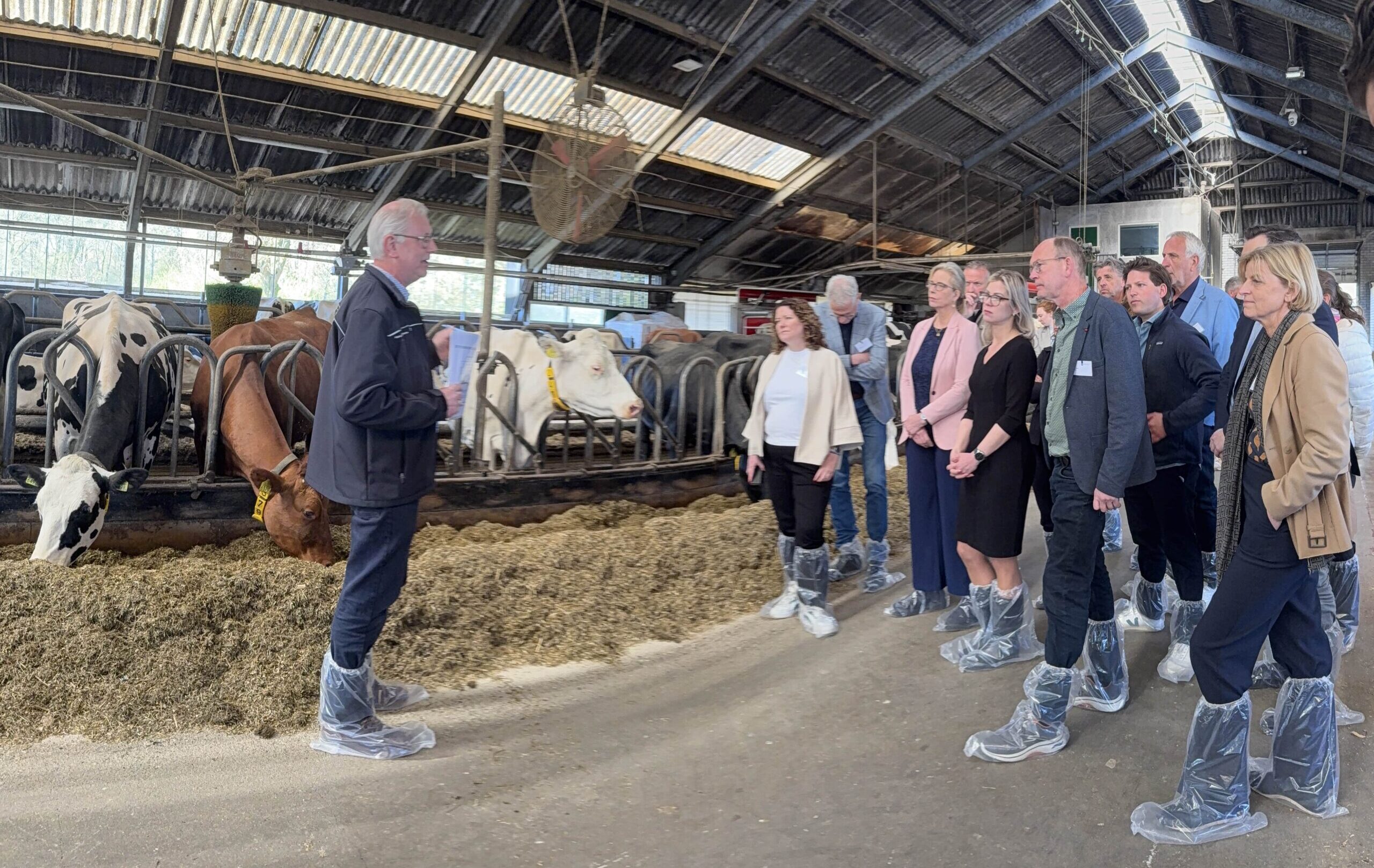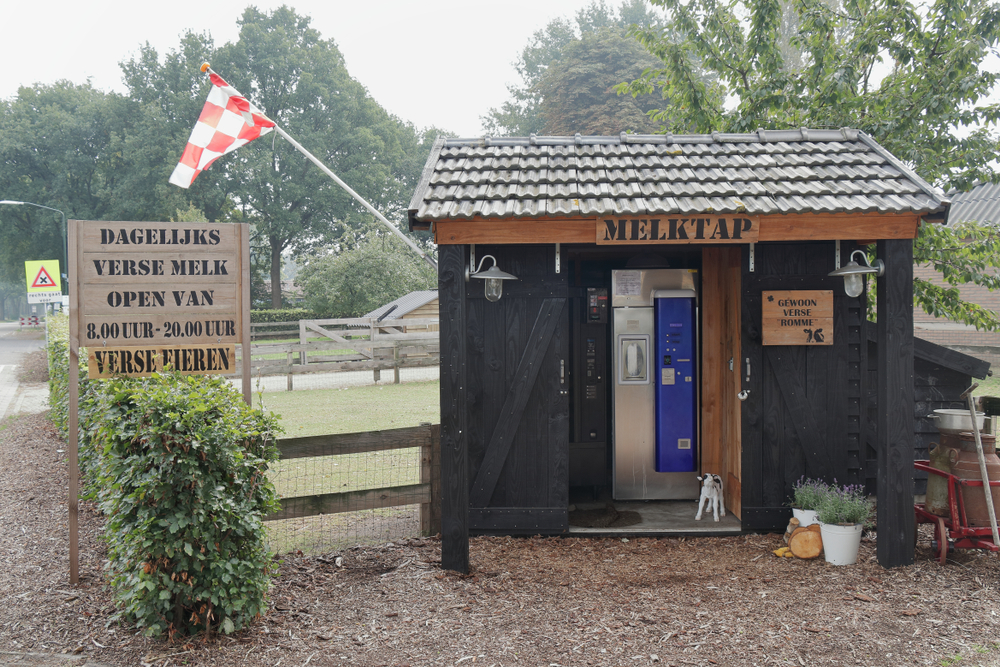Nature in the Netherlands can handle even less nitrogen than was previously assumed. Thus reveals the new so-called critical deposition values (CDV) for nitrogen, which were established by WUR ecologist Wieger Wamelink and colleagues. The CDV indicates how much nitrogen nature can handle without damage by acidification and eutrophication.
One-third of the 84 types of nature and 14 habitats for endangered species in our country face a stricter nitrogen standard. The region on and around the Veluwe is affected most heavily. The CDV must be realigned with the latest European data which results from multi-year field studies. Wamelink’s team extrapolated these numbers for the situation in the Netherlands.
The new nitrogen standards are based on new empirical studies and old model calculations from 2006. In half of the cases, there are considerable discrepancies between these values. In such cases, the nearest empirical values were selected. A cautious choice, Wameling says. The actual CDV for those regions is likely lower than has currently been determined.
Why were these old model calculations used?
‘LNV asked us to determine what these new empirical data mean for CDV in the Netherlands, using the same method. There is another study underway to fine-tune the method. That is why we decided to use the old model calculations for this update.’

This resulted in selecting the empirical value closest to the model calculation in half of the cases. Isn’t this an arbitrary decision?
‘Yes, the empirical value is not so much an exact number but more of a bandwidth. In the Netherlands, we select the side of the range that is closest to the model calculations value. This method was also used in the previous CDV calculations in 2012. Some countries choose the middle of the range or even the lower end of the range as a precaution, resulting in stricter CDVs.’
Where can we find the natural areas and habitats affected by the stricter nitrogen standards?
‘The values have not yet been translated to precise locations. That is up to the RIVM. The NOS made a map that is reasonably accurate. On their map, all of the Veluwe is coloured red, which means the adjustment is greatest there. This is due to the size of the area where heath grows, as well as oak/birch forests, where the nitrogen tolerance is lower. But there are also lower CDVs elsewhere in the country, although these are smaller in size.’
There is a follow-up study underway to fine-tune the method.
Wieger Wamelink, WUR ecologist
What is the status of these new data?
‘We don’t know yet. The House of Representatives will debate this report next week Thursday, and a decision is expected. However, since the cabinet has fallen, the issue may be declared controversial, in which case, nothing will be done at this time.’
How do stricter CDVs affect building licenses?
‘The current position is that activities that result in more deposition are prohibited. These new CDVs won’t change that. The CDVs are exceeded in many regions as it is, and the degree to which they are exceeded will become slightly larger under these stricter standards. Hence, the goal for the future is more ambitious than before.’

 Photo Shutterstock
Photo Shutterstock 

